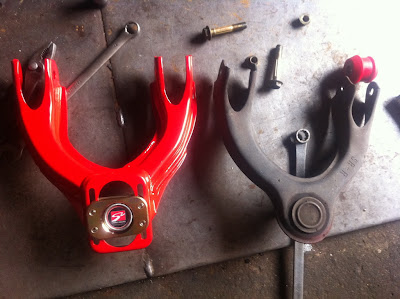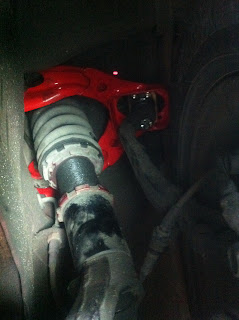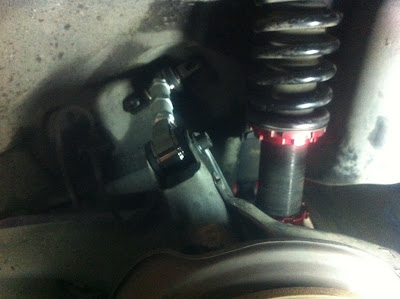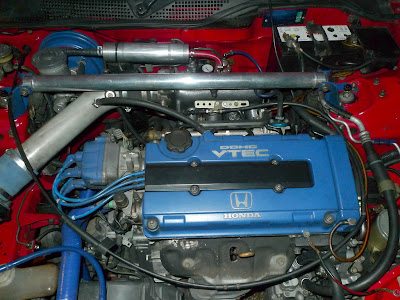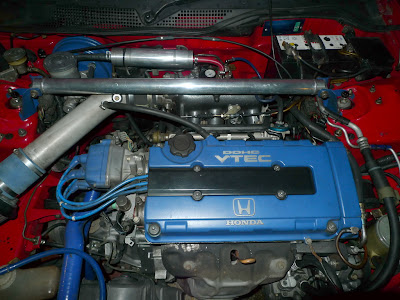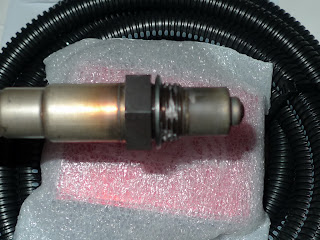First of all, this is not a post about where to connect your grounding cables and how many grounding points is required. There are already many views and posts about it. What I am going to talk about is what really grounding all about and how to make your own grounding cables instead throwing away your $$$ on some 'branded' grounding cables that cost a couple of hundred of dollars.
Next, is to understand the difference between voltage and potential difference (PD). For example: u may have a 14V source but the ground reading is 1V, thus the potential difference is 13V (14V-1V). High PD is what u want to achieve. Higher PD equals higher 'driving power' for your electrical equipment (Better spark, better fuel pump pressure, etc.). Voltmeter installed in the car ares actually PD meters.
Therefore to increase the potential difference, u need to bring the ground reading as close to 0V as possible. This is done by grounding! THUS if the car had good grounding done by the factory, adding grounding cables will not make a big difference compared to vehicles with poor grounding in the first place.
Enough theory, next is to start the DIY.
 |
| Before |
This is the original 18 year flimsy old AWG 8 gauge grounding cable ;p
 |
| After |
This is my overkill AWG 0 gauge grounding cable. A AWG4 gauge cable would have been more than enough for the grounding, but due to my ICE background, I preferred the AWG 0 gauge wires ;).
Do remember thicker the wires, the harder it is to work with.
This are my tools and some materials:
1) Heavy duty crimper (Top)
2) Industrial hot air gun (Left)
3) Industrial wire cutter (Top right)
4) Good old stanley cutter
5) Crimp rubber boot (black rubbery thingy)
6) Crimp (Size 38-8S) for the AWG 0 wires
7) 125°C heat shrink
I bought the tools for my audio system installation in my previous car, they just make life easier. I will include info on alternative methods for making the cables without some of the tools.
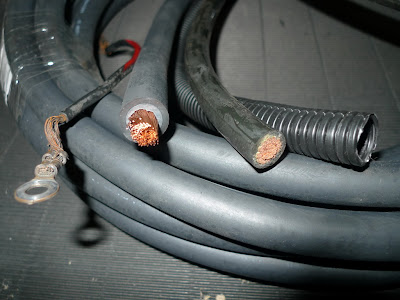 |
| From the left: Original ground cable, chemical resistant AWG 0 cable, normal car audio power cable AWG 0, 16mm conduit. |
How I did it:
1) Strip the cable according to the crimp length.
2) Slip in the crimp and the conduit.
Crimp it using the crimper.
Or u can use a hammer and thick nail to dent in the crimper. It will be helpful if u hold the crimp in place with the electrical tape before hammering away.
Another thing to note is to make sure your crimp are in the correct orientation as it is almost impossible to twist the thick cable in place for the bolting points if u have it in the wrong direction.
Do a trial fitting in the car before crimping. Eg. my crimps are flipped differently for my installed ground cable.
You may solder the wire to held it better to the crimp. As for my case, the wires are too packed for the solder to flow through and the wires are held very tightly using the crimper.
3) Slip on the rubber boot (this is for looks only)
4) Slip over the heat shrink (Adding the heat shrink is to prevent moisture or fumes going into the conduit.) I used the hot air gun to shrink it, alternatively u can try using hair dryer or just plain lighter to heat up the heat shrink.
 |
| Old vs New |
Complete ... for one point ;p
The cost of making a overkill high quality 5 point grounding kit is less than $100.
You may choose to go without the conduit, rubber boot and the heatshrink cutting the cost further. The reason I had those is to achieve a OEM look.















